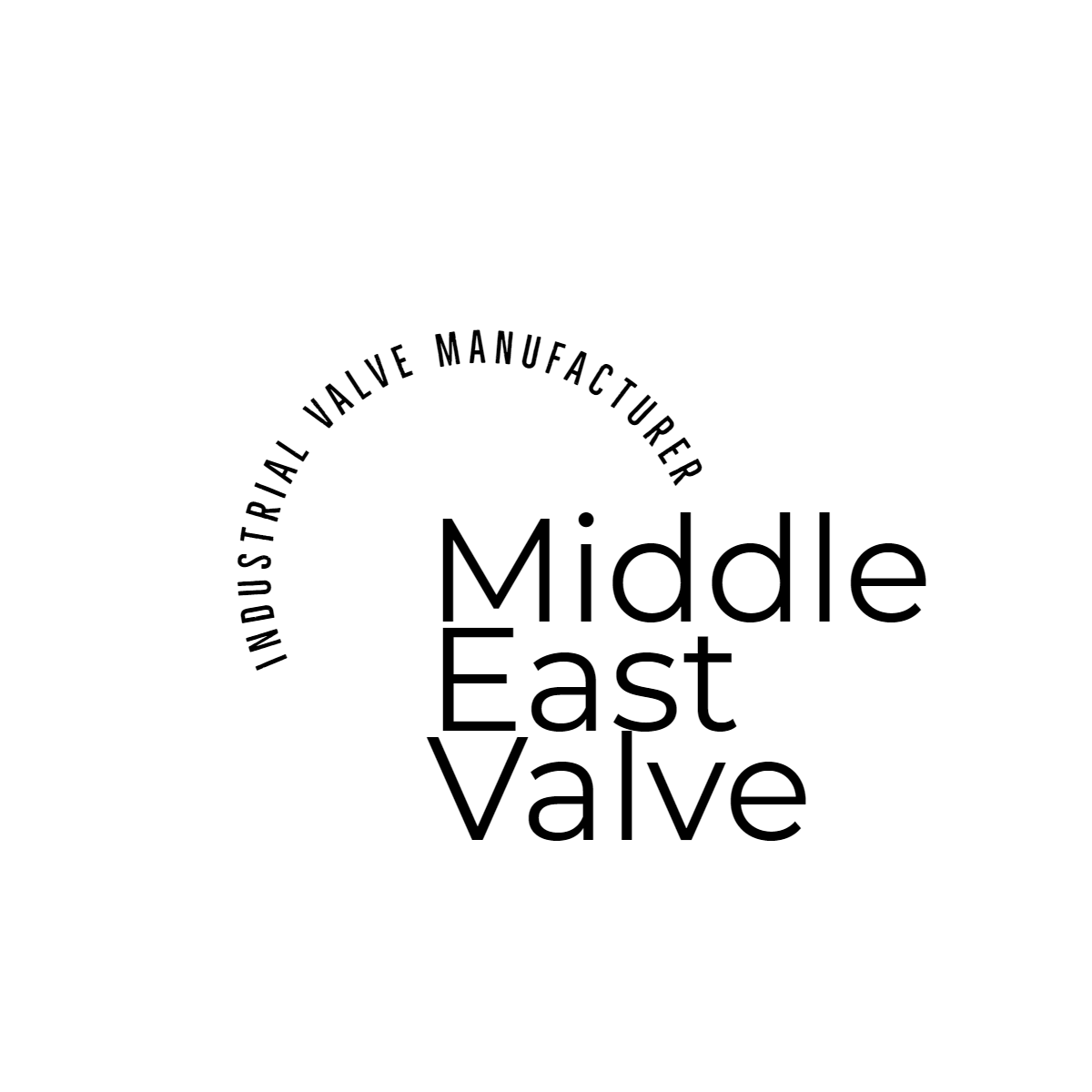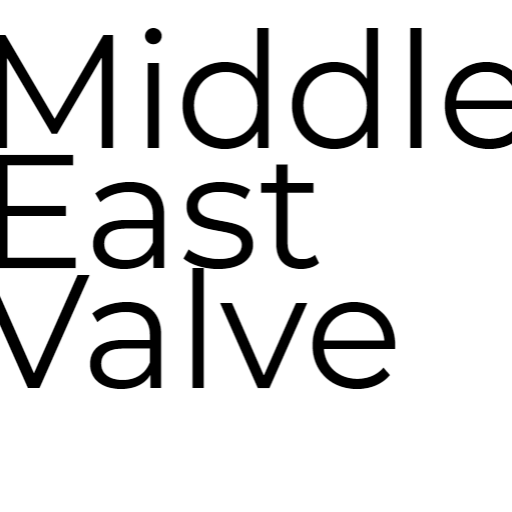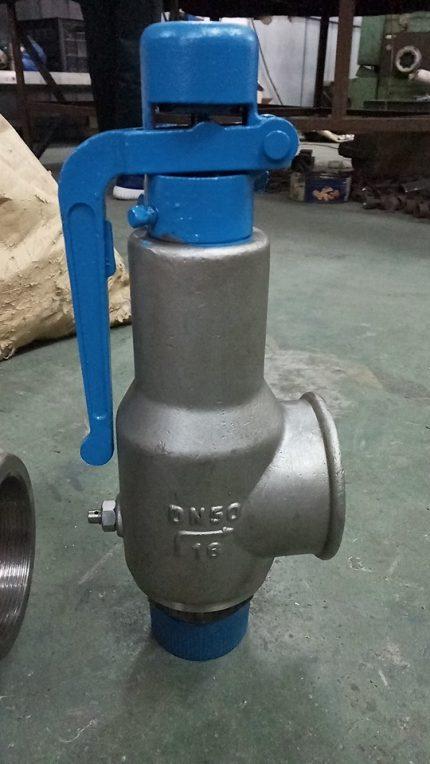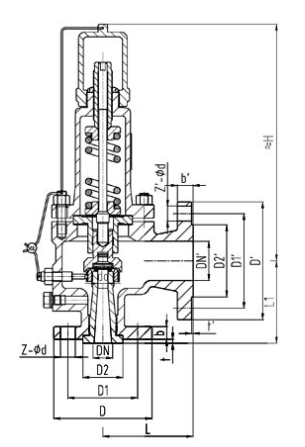- Control Valve
- Pneumatic Control Valve
- Pneumatic Angle Control Valve
- 3 Way pneumatic Diaphragm Control Valve
- 3 Way Converging and Diverging Control Valve
- Fluorine Lined Single Seat Control Valve
- Pneumatic Cage Control Valve
- Pneumatic Double Seat Control Valve
- Pneumatic Single Seat Globe Control Valve
- Pneumatic Flow Control Valve
- Pneumatic Sleeve Type Control Valve
- Pneumatic Actuated Globe Type Control Valve
- Electric Actuated Control Valve
- Pneumatic Control Valve
- Cryogenic Valve
- Pressure Reducing Valve
- Safety Valve
- Check Valve
- Gate Valve
- Butterfly Valve
- Globe Valve
- Ball Valve
- Electric Actuated Valve
- Electric Actuated Ball Valve
- Electric Actuated Butterfly Valve
- Electric Actuated Gate Valve
- Electric Actuated Globe Valve
- Pneumatic Actuated Valve
- Plunger Valve
- Strainers
- Steam Trap
- Knife Gate Valve
- Speciality Valve
- Alloy 20 Valve
- Duplex Valve
- Super Duplex Valve
- Hastelloy C276/B3 Valve
- Aluminium Bronze Valve
- Titanium Valve
- Bronze Valve
- Monel Valve
- Triple Duty Valve
- Suction Diffuser
- Diaphragm Valve
- Plug Valve
- Foot Valve
- Air Release Valve
- Surge Anticipator Valve
- Needle Valve
- Balancing Valve
Conventional Safety Valve Supplier in Qatar: Trusted Pressure Relief Solutions
Middleeast Valve is the best Conventional safety valve supplier in Qatar. The valve’s main purpose is to relieve extra pressure by opening when the system’s internal pressure rises above a predefined setpoint.
Working Mechanism:
It works by pressure. Upon the system pressure hitting a pre-determined point, the spring compresses, and the valve opens. The excess pressure vents out, thereby keeping the system from over-pressurizing. When pressure falls back to the normal range, the spring closes the valve, keeping the system safe.
Components of a Conventional Safety Valve:
1)Valve Body: The central casing that encloses the internal parts.
2)Spring: The component that keeps the valve shut until the set pressure is reached.
3)Seat: The location where the valve seals in order to avoid leakage when shut.
4)Disc: The component that lifts off the seat to release pressure when the system pressure is too high.
5)Adjustment Screw: Utilized to set the desired opening pressure.
Advantages:
1)Reliable Pressure Relief
2)Cost-Effective
3)Ease of Maintenance
4)Longevity
Applications:
1)Boilers
2)Pressure Vessels
3)Steam Systems
4)Storage Tanks
5)Power Generation
6)Chemical Plants
Description:
Body Material – Cast Iron and Cast Steel (A216 WCB, WCC, LCB, LCC, WC6, WC9), Ductile Iron, Stainless Steel (SS316, SS304, SS316L, SS904L, CF8, CF8M, F304, F316, F31L, F51, F3, F55, F91), steel.
Class – 150 – 2500, PN 10 – PN 450
Size – ½” – 40’’
Ends– Butt weld, Socket weld, Flanged, Threaded



